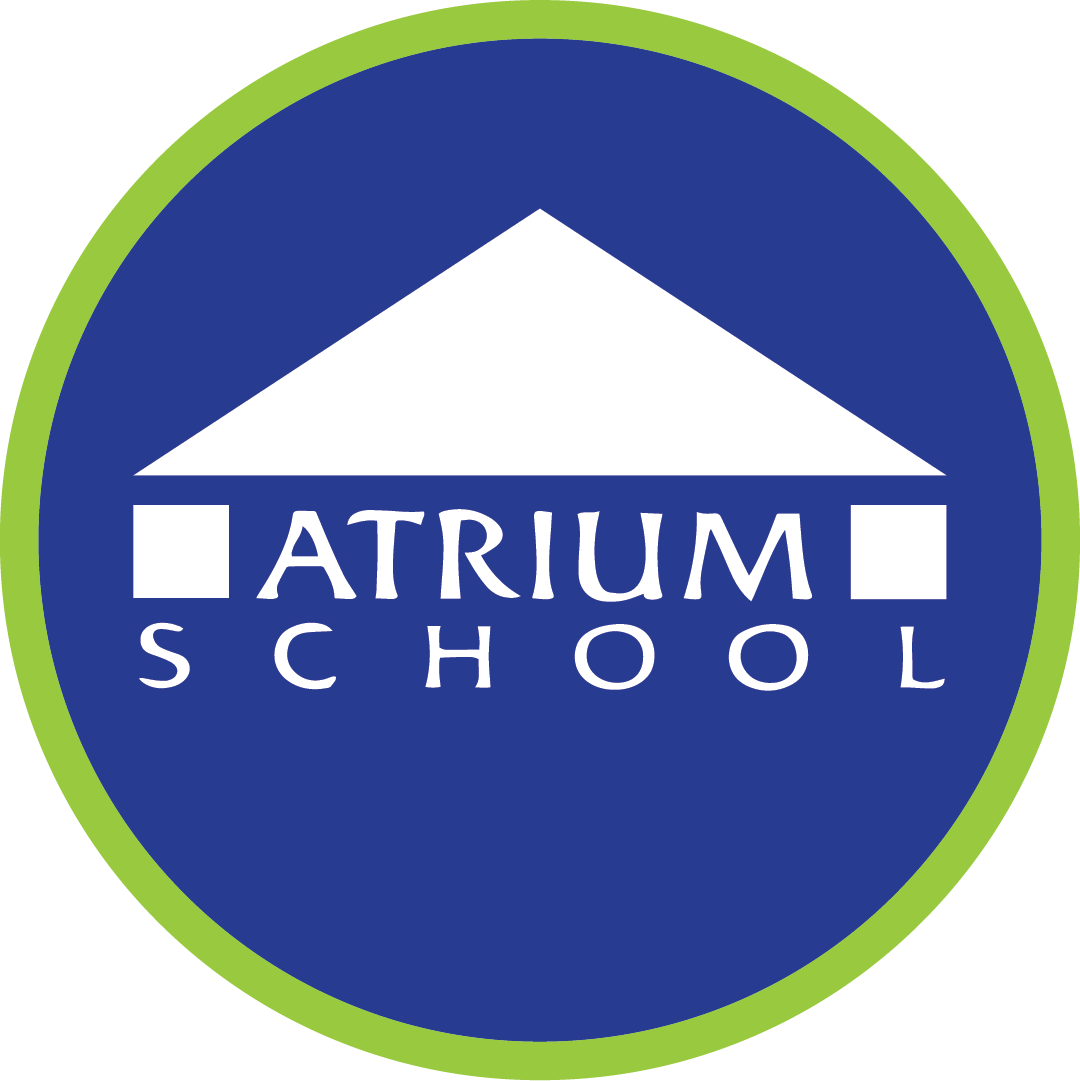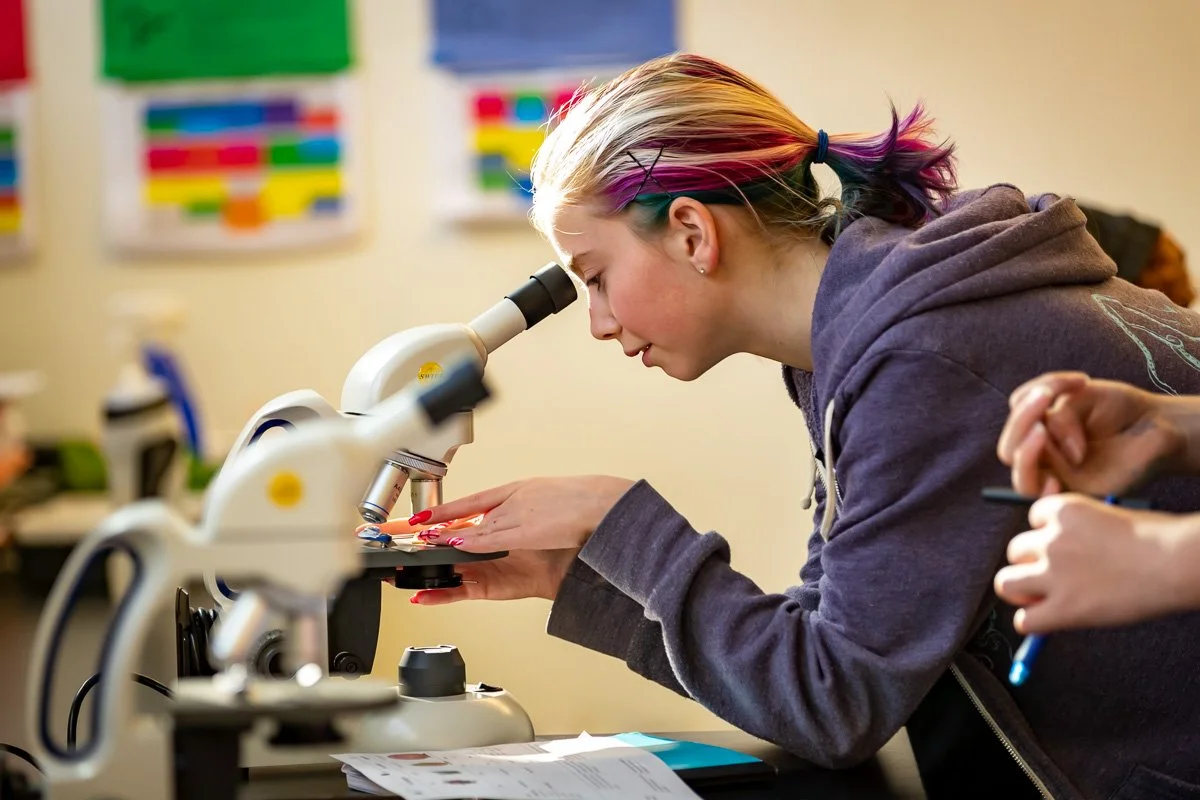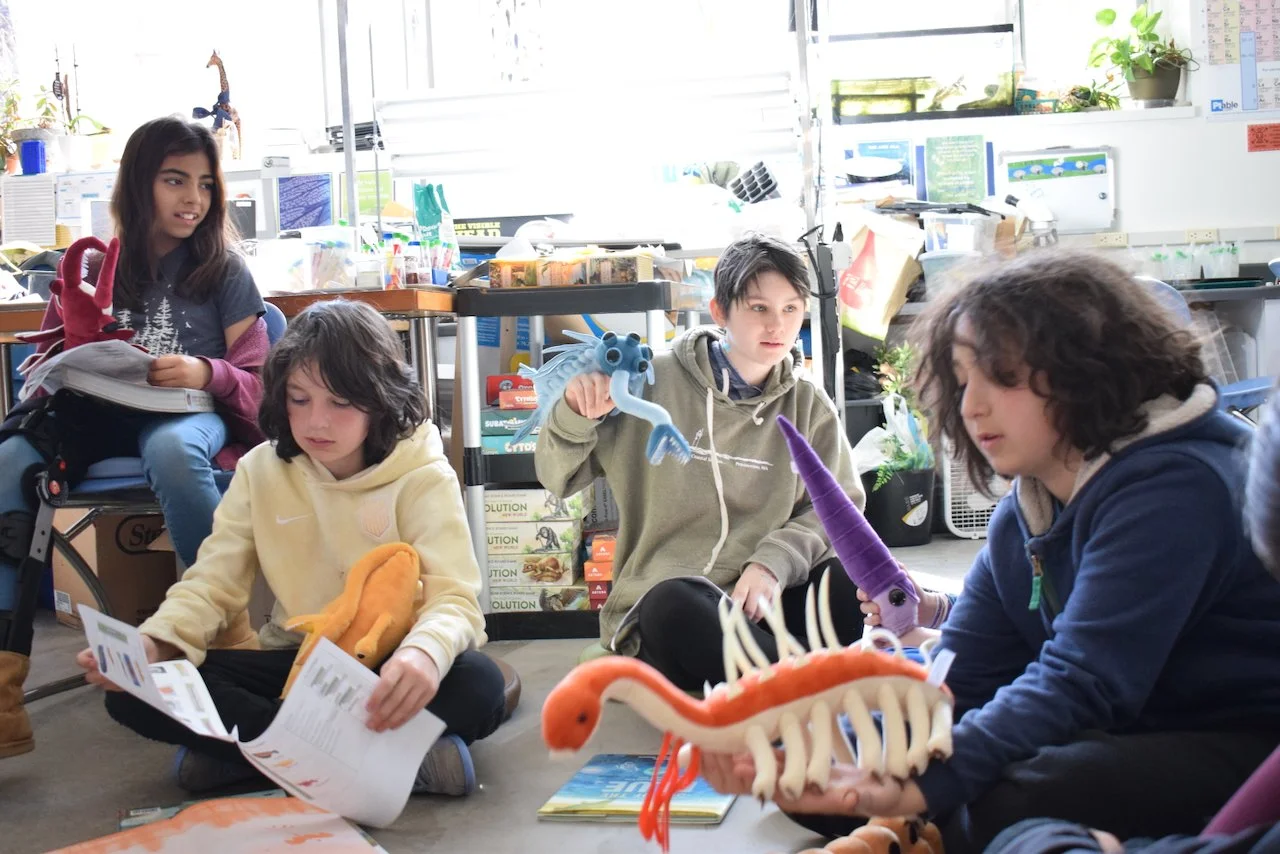Grade 6
Sixth Grade Theme: “How Do We Make Choices?”
The sixth grade program supports students as they transition into the new experiences of Middle School. Their surroundings and routines change from the elementary level, where there is a main classroom with multiple teachers, to having specific teachers for different subjects in separate classrooms. Just as they are growing and changing, their relationships with peers and adults become very important as grounding mechanisms for their daily lives. Sixth graders learn to think critically about their world and learn to view each other as valuable and resourceful members of their community. As they progress through the year, sixth graders develop a stronger sense of how they learn and how to make informed choices as confident individuals.
The year launches with an immersive overnight field trip to East Hill Farm School in New Hampshire, where the class learns sustainability, animal husbandry, and farm-to-table concepts alongside responsibility, community-building, and collaborative problem-solving skills.
English Language Arts (ELA)
Sixth graders build a strong foundation in language arts through active reading, thoughtful discussion, analytical writing, and creative expression. They explore how authors make purposeful choices across genres and learn to apply those insights to their own writing. Throughout the year, students practice writing in many forms, including essays, journals, short stories, and a “This I Believe” values reflection, where they explore how personal beliefs shape who they are and how they learn. Writing is approached as a process of discovery, with ample time for feedback, revision, and celebration of growth.
Collaborative learning is central to the sixth grade experience. Students work together in book groups, share aloud, and take on interactive projects – such as building medieval communities inspired by The Inquisitor’s Tale – that connect literature, history, and creativity. Our reading selections evolve each year, but favorites like Zahrah the Windseeker by Nnedi Okorafor, The Inquisitor’s Tale by Adam Gidwitz, and The Giver by Lois Lowry remain at the heart of our curriculum.
Mathematics
Sixth grade mathematicians review and deepen their understanding of computations with fractions, decimals, percents, and integers by using manipulatives, visual models, and standard algorithms. They collect and analyze large data sets using measures of central tendency, and learn about four-quadrant graphs and how they can be manipulated to skew data. Within geometry, students explore the concepts of angles and work with basic geometric proofs, deriving the area of triangles, parallelograms, trapezoids, and circles by relating them to rectangles. Later in the year, study 3D geometry through hands-on explorations, determining the volume and surface area of various prisms, as well as the effect of scaling on 2D and 3D measurements.
Exciting projects include: the Giant Candy Project, the Absurd Dolls Project, the Pumpkin Estimation Project, and the Timeline of Your Life Project. Social justice and real-world connections are also central to the Middle School math program. In addition to exploring social justice in daily lessons and projects, weekly Math News segments encourage students to analyze current events through a mathematical lens.
Science
The goal of the sixth grade science program is to introduce students to the skills of reading, writing, thinking, and engaging in science through topics in Earth Science. As students explore the processes of the terrasphere, hydrosphere, atmosphere, and exosphere, they build science literacy and inquiry skills. Students practice asking questions in a testable way through directed and free experimentation.
Sixth grade scientists use scientific tools, construct physical or explanatory models, and communicate understanding through diagrams, presentations, and scientific writing. Each area of scientific inquiry includes case studies, debates, and engineering challenges that highlight the effects of individual and societal choices on the Earth's processes. Key projects for the year include Red Flag on the Charles, an urban watershed investigation, and Massachusetts through Time, a multi-faceted study of tectonic and rock cycle processes through geological time.
Social Studies
Sixth grade students study U.S. History from the pre-Columbian era to the beginning of the 20th century. They learn the geography of the U.S. and the world, continent by continent, in preparation for studying early civilizations. The choices made by indigenous peoples, governments, colonists, and citizens are analyzed through various sources, including the impact the U.S. Supreme Court decisions have had on the evolution of our society. Students consider the reliability of various historical sources, examining both primary and secondary sources, and deciphering how personal bias in reporting history affects perspective.
Through Howard Zinn's text, A Young People's History of the United States, sixth graders investigate how America's dissident voices shaped our society. In addition to using their own words, students create visual dialogues, dissect historical imagery, and make connections to and extensions from the readings and discussions.









